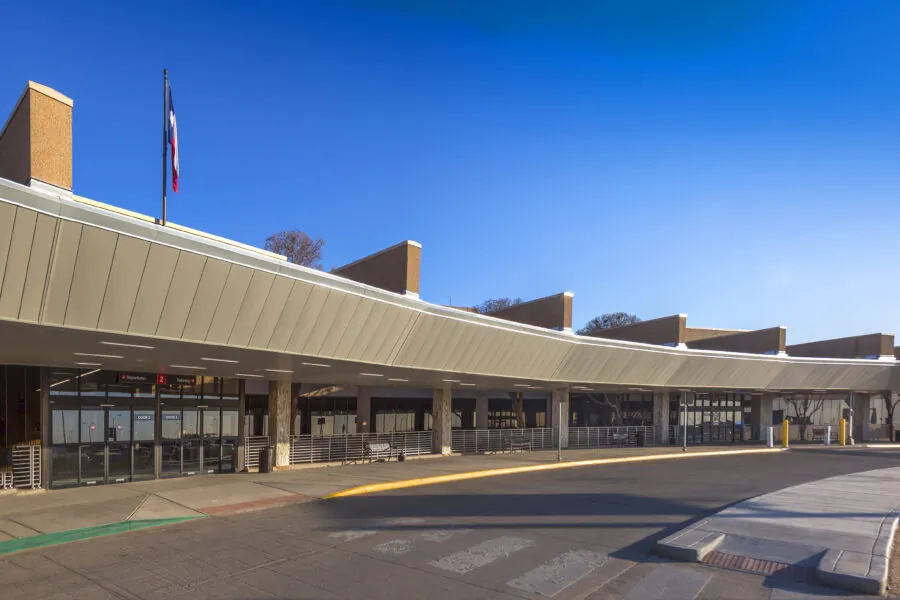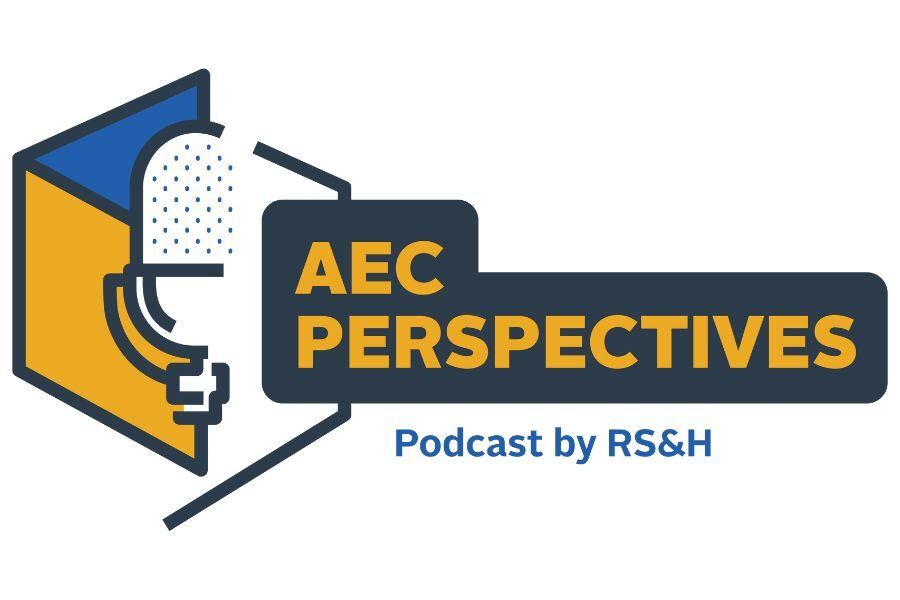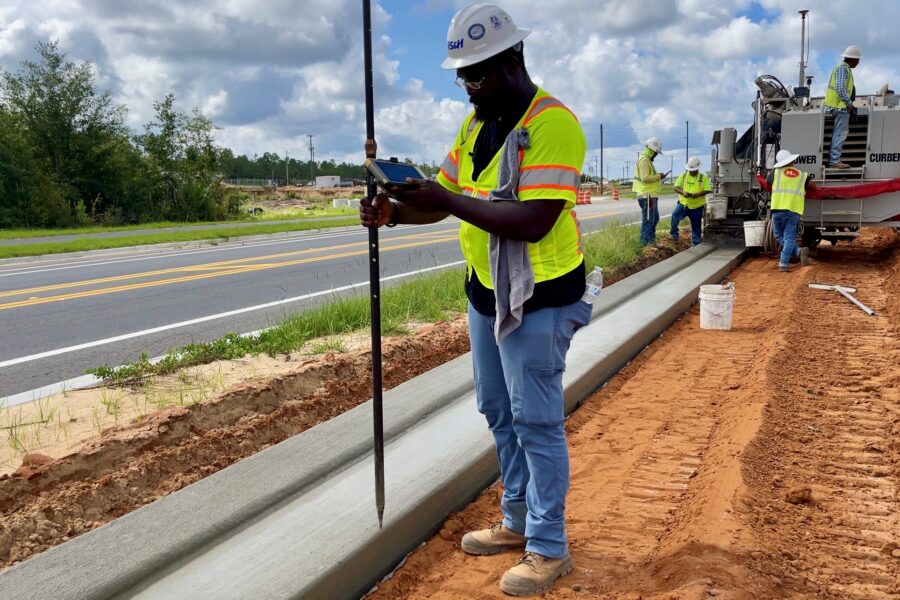The Case for the Free Market in Mitigation Banking

The mitigation market as it exists today has its good qualities, but there are some drawbacks too. I’d like to propose some ideas and open a dialog about ways we can try to improve our industry.
In many places in the U.S., the mitigation market suffers from a small seller/small buyer problem, usually in areas where mitigation banking is a fairly young industry. To lay some groundwork, let’s talk about the pros and cons of this situation.
Sellers:
From the seller’s perspective, the upside of small seller problem is a captive market with very little direct competition. Many sellers can operate in a monopoly, or near monopoly, situation. The obvious drawback to a monopoly is price gouging, but some competition is not enough for the buyer (the permittee) to escape. When the number of sellers is small, collusion, price fixing, and cartels are possible, keeping the price of mitigation in an area artificially high. Think of OPEC and what kind of power it wielded in the 1970s when there was a lack of strong competition.
Now most bankers can tell you, the burden to participate in the industry is quite high with extreme financial risks. Mitigation banks are the most difficult form of mitigation to permit in terms of scrutiny, financial obligation, and long-term risk (hurricanes, fires, presidential administrations). If an opportunity to lessen the financial risk presents itself in the form of a potential buyer, then you’ve got to take it, right?
So what is the problem?
The buyer does not always have to buy your considerably-more-expensive-to-create credits. In addition to the high financial burden incurred by mitigation bankers in terms of land costs, land value depreciation, construction costs, and the burden of carrying an asset for a long period of time, the rule states a preference for mitigation to come from a bank, not an obligation.
For a number of extenuating circumstances, the USACE will allow a buyer to negotiate a diminished obligation or to go to permittee responsible mitigation (PRM) rather than go to a bank.
Sometimes regulations change, thereby changing the worth/demand of the credits created. What is worth thousands of dollars today (and cost thousands to make) could be worth “the paper it is printed on” tomorrow. It’s hard to blame a banker for wanting to recoup some of the extensive investment they’ve put forth in the face of such an uncertain demand market.
Buyers:
Nor is it difficult to sympathize with the buyer’s predicament. Determining and then purchasing mitigation can be a nightmare. You must locate a reputable consultant to survey the project and tell you how much you’re going to “owe,” or how many credits you would need to buy to offset your planned impacts. If the consultant under-represents or over-represents the need, then the regulatory burden and penalty falls on the buyer, and mitigation banks don’t often do refunds if you over purchase.
Once you are sure of your mitigation demand, then begins the calling and haggling to get a price.
- What service area am I in and what banks are there to choose from?
- Who do I call for a quote?
- They are offering a 25% off discount just for me this one day only because I wore a yellow shirt. Should I take the deal?
- How much will they charge for a credit tomorrow?
For obvious reasons, the banker is trying to find out how much the buyer is willing to pay and what the competition is charging without showing their hand and selling their credits too cheaply. Sometimes once a project is public knowledge, all bankers in an area will raise their prices (either through direct or implicit collusion) to make sure they get as much as they can from the opportunity.
Buying is a harrowing ordeal, and it’s no wonder the buyer tries to avoid it at all costs. And for many small communities and their projects, it’s too expensive to compete against state/federally funded projects or large scale private developments, so it‘s completely understandable why the USACE would take their needs and capabilities into consideration when evaluating their permits. They have to be let out of the system, or a small town like Alto, Texas, would never be able to afford much needed repairs to a bridge, to build baseball/athletic fields, or any number of other important community improvements.
Solutions? What about a marketplace?!
So sellers have to put up a large sum of money at the start, contend with the value of their commodity changing unpredictably, and buyers have an outlet for leaving the market. Buyers have to deal with lack of price discovery and collusion. So what would be a solution to get the market on the right track?
How about a marketplace? Imagine this. A clearinghouse where mitigation prices and providers are posted, like an EBay or Amazon, where there is still room for discussion, but price discovery on behalf of the buyer is possible.
Buyers could post RFQs for particular projects to facilitate bidding, or for smaller projects, you could have a “Buy Now!” button at a posted price. Imagine a hybrid between RIBITS and EBay where transactions can post in real time with notification sent to the USACE at the time of transaction. Projects could possibly start the same day instead of weeks later!
For the seller, the overall price they can charge would diminish, but the number of buyers in the market should increase, providing a more long term and sustainable benefit. The idea is to shear the sheep, not skin them.
Gone are the extravagant returns on investment, but with an enhanced ease in purchasing coupled with an overall drop in price to more accessible levels, fewer buyers would be leaving for PRM or failing to mitigate altogether (more sheep to shear). Buyers would benefit not only from a decrease in credit price through bidding, but in the value of a diminished acquisition time.
What do you think?
Is this a valid option of solving some of the issues within the industry? What have your experiences been as a buyer/seller? What are the benefits or pitfalls of such a marketplace? Who should run this marketplace and does it need a guarantor? What should the requirements be for PRM if such a marketplace exists and is working as intended? Could credits be exchanged like a commodity (e.g. a credit futures market)?
We would love to hear your thoughts, and with your participation, maybe we can help create a solid base for mitigation banking to grow from for years to come!




